How Is Cheese Made?
Saturday, June 4, is National Cheese Day! When you think of cheese you may picture pizza or a charcuterie board, but let 's learn a little bit more about where cheese comes from.

Saturday, June 4, is National Cheese Day! When you think of cheese you may picture pizza or a charcuterie board, but let’s learn a little bit more about where cheese comes from.
Cheese is made from milk! Much of the cheese we eat in the United States starts with cow’s milk, but goat’s milk, sheep’s milk and buffalo’s milk are also popular around the world.
Fun fact: Today the United States produces more cheese than any other country!

So, how do we go from milk to cheese? It takes about 10 pounds of whole milk to make one pound of cheese. There are around 2,000 types of cheese and each is made a little bit differently. Most cheese is made in factories.

In most cases, milk is first pasteurized, meaning that it is treated with heat to kill harmful bacteria. Next, a starter culture is added to the milk. This helpful bacterium helps the milk break down, called fermenting. With some cheeses, rennet is added to help the milk thicken. At this point in the process, milk separates into curds, solid clumps, and whey, a liquid. The whey is drained away and the curds are cut into smaller pieces and cooked again. Salt is also added to help dry and preserve the cheese curds.

Some cheeses are ready at this step- these are unripened (fresh) cheeses: some types of mozzarella, cottage cheese, and cream cheese. For other cheeses, cooked curds are put into molds and left to age, or ripen. The amount of time depends on the type of cheese! Mild cheddar cheese is aged for 2 to 3 months, while extra sharp cheese can be aged for a whole year.

See it in action: this video visits a dairy farm that makes cheese!
Want to try out making your own cheese? Check out this science experiment!
Want to read more? Here are some of our favorite accurate ag books about cheese:
If you want to learn even more about cheese and dairy, check out In the Parlor with Dairy Farmers.









